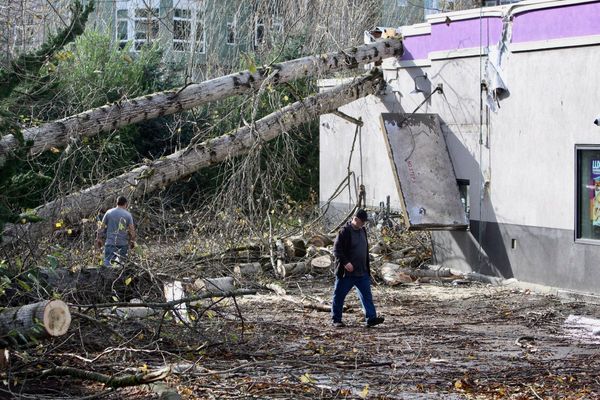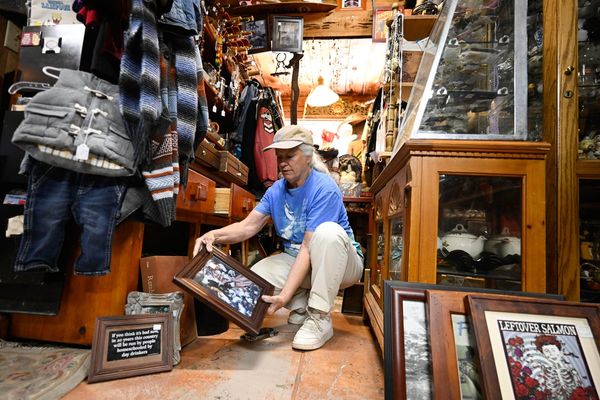
In a remarkable conservation effort, London Zoo has announced the successful breeding of 33 endangered Darwin's frogs, a species named after the renowned scientist Charles Darwin. These tiny froglets made an incredible journey from the forests of southern Chile to London, where they were born as part of a rescue mission to save the species from extinction.
Darwin's frogs have faced a severe population decline of 90% due to the devastating impact of chytrid fungus, a deadly disease that arrived in their habitat in 2023. This decline prompted a team of conservationists to travel to the Parque Tantauco forests in Chile in search of healthy frogs free from the infectious disease.
After collecting 52 frogs, the conservationists transported them over 7,000 miles to London in a carefully orchestrated operation involving boat, car, and plane. Once at London Zoo, 11 male frogs, each measuring under 3 centimeters, were found to be carrying a total of 33 tadpoles inside their distensible vocal sacs. These tadpoles were successfully reared by their fathers, marking a significant milestone in the conservation of the species.








Ben Tapley, the curator of amphibians at London Zoo, emphasized the urgency of the rescue mission, stating that time was of the essence in saving these frogs. The successful breeding of the froglets is seen as a beacon of hope for the species, offering a glimmer of possibility for their recovery.
Andres Valenzuela-Sanchez, a researcher at ZSL, the conservation charity behind London Zoo, highlighted the broader significance of the project. He noted that the conservation efforts not only benefit the Darwin's frogs but also contribute to a better understanding of combating chytrid fungus and safeguarding amphibians worldwide.







